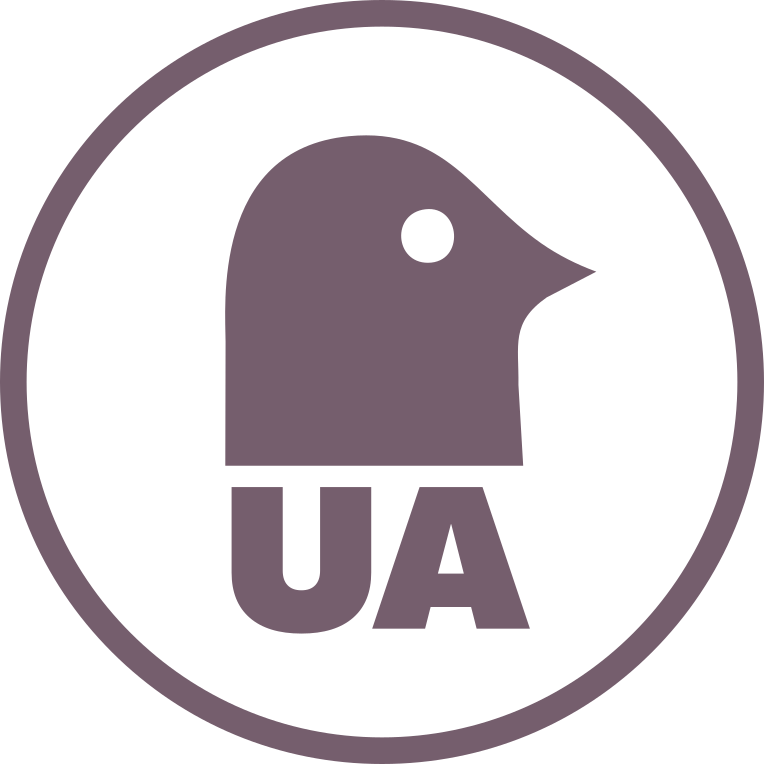UNIVERSITY AFFAIRS
— The VP University Affairs is responsible for coordinating undergraduate representation to the University; working with the student senators and other associations on advocacy projects; overseeing student research initiatives; operationalizing equity through policies and programming; and distributing the Library Improvement Fund.
Meet our VP
SUSAN ALOUDAT

Have any questions? Email VP University Affairs or book an in-person appointment!
Office: 3501 Peel Street, Room 402
